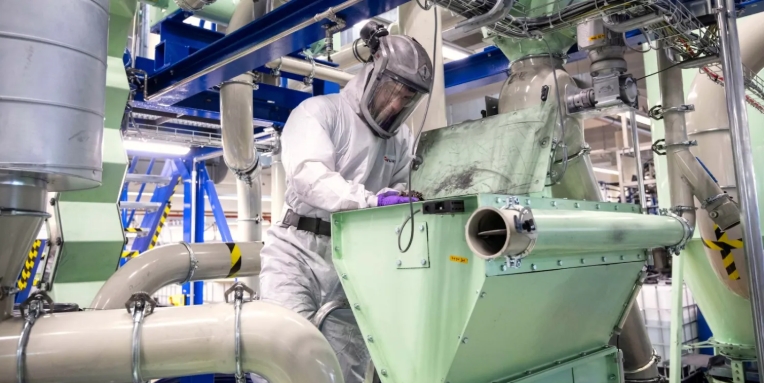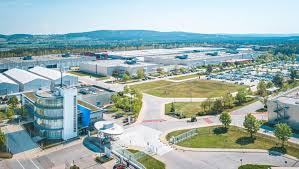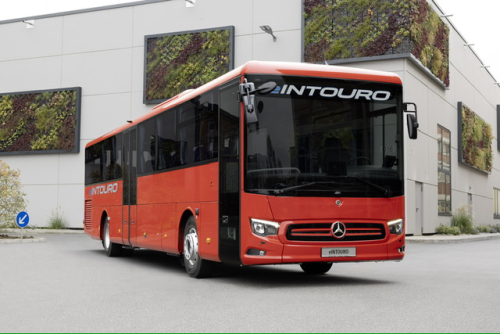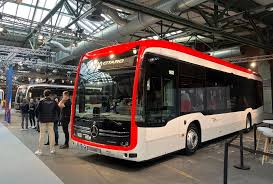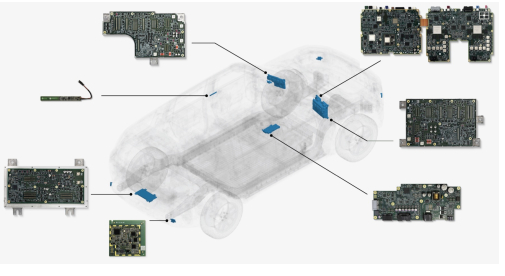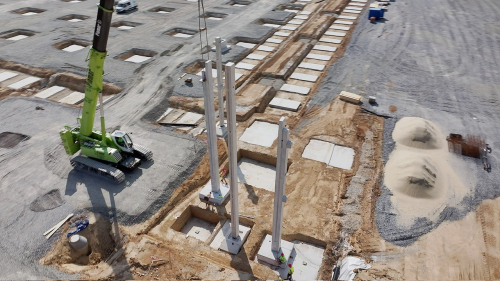In a new technical paper, “Applicability of Quantum Computing to Oxygen Reduction Reaction Simulations”, the three partners report accurately modeling the oxygen reduction reaction (ORR) on the surface of a platinum-based catalyst. The ORR is the chemical reaction in the process that converts hydrogen and oxygen into water and electricity in a fuel cell and it limits the efficiency of the process. It is relatively slow and requires a large amount of platinum catalyst, so there is great interest and value in better understanding the underlying mechanisms involved in the reaction.
Hydrogen is considered a promising energy source for low-carbon and sustainable mobility. However, for wide scale adoption, improvements in the efficiency of hydrogen-to-electricity conversion are required. The kinetics of the electrocatalytic oxygen reduction reaction (ORR) is the main bottleneck of proton-exchange membrane fuel cells (PEMFC), hence development of new cathode materials is of paramount importance. Computational design of new catalysts can shorten the development time, but, due to the complexity of the ORR potential energy landscape, atomistic-level modeling of this processes is challenging. Moreover, the catalytic species may exhibit strong electronic correlations, which cannot be rigorously and accurately described with low-cost methods such as Density Functional Theory (DFT). Accurate ab-initio methods have been traditionally considered not applicable to such systems due to their high computational cost, but this soon may be possible thanks to the rapid advances in quantum computing.
Here, we present the first classical/quantum computational study of the ORR on both pure platinum and platinum-capped cobalt surface and show the applicability of quantum computing methods to a complex catalysis problem. We show the feasibility of such a workflow implemented in InQuanto and demonstrate it on the H1-1 trapped-ion quantum computer. Most importantly, we show that ORR on Pt/Co catalyst involves strongly-correlated species which are good test cases for future demonstration of quantum advantage.
—Di Paola et al.
Qunatinuum System Model H1 refers to a generation of quantum computing hardware using ion traps with a single linear geometry. Individual machines that use this generation of ion traps are designated by the H1-X nomenclature. For example, H1-1 and H1-2 are two separate quantum computing machines using the same ion trap design.
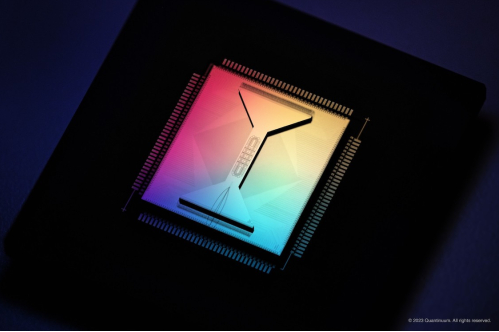
Quantinuum System Model H2, released in May 2023, is its latest generation of quantum computer with a new racetrack-shaped trap. Featuring 32 fully-connected qubits and an all-new architecture, Quantinuum’s H2 provides the world's highest quantum volume of 65,536 (216) and the largest GHZ-state.
Circularity and sustainable mobility are putting us on a quest for new materials, to create more efficient products and shape the future premium user experience. Being able to simulate material properties to relevant chemical accuracy with the benefits from the accelerating Quantum Computing hardware is giving us just the right tools for more speed in innovation for this decisive domain.
—Dr Peter Lehnert, Vice-President, Research Technologies at BMW Group
BMW Group recognizes the transformative potential of Quantum Computing and its importance in researching new materials, where it can enable faster and more efficient processes while reducing lab prototypes. Approaching and accurately simulating one of the most fundamental electrochemical processes for the first time using Quantum Computing marks a substantial step towards the sustainable energy transition, benefiting metal-air batteries, and other products with enhanced efficiency.
We can clearly envision the benefits of the study in our quest for sustainable and hydrogen powered alternatives such as the ZEROe aircraft, which may operate on fuel cell engines. The study confirms that Quantum Computing is maturing at the scale we need for aviation.
—Isabell Gradert, Vice-President, Central Research & Technology at Airbus
Airbus has identified hydrogen as a promising candidate to power low-carbon aircraft, because it emits no CO2 when flying, when generated from renewable energy. The company previously announced plans to start testing a hydrogen-powered fuel cell propulsion system onboard its ZEROe demonstrator aircraft in the next few years. The company has the ambition to develop the world’s first hydrogen-powered commercial aircraft for market entry by 2035.
The research team hopes that understanding the ORR reaction provides insights that help them identify alternative materials that may improve the performance and reduce the production costs of fuel cells. Modeling chemical reactions such as the ORR accurately is an intractable task for classical computers, due to the quantum properties of the chemical mechanisms involved, making such simulations a good candidate to benefit from a potential quantum advantage in the future.
The three companies plan further collaboration to explore the use of quantum computing to address relevant industrial challenges.
Quantinuum is the world’s largest standalone quantum computing company, formed by the combination of Honeywell Quantum Solutions’ hardware and Cambridge Quantum’s middleware and applications.
